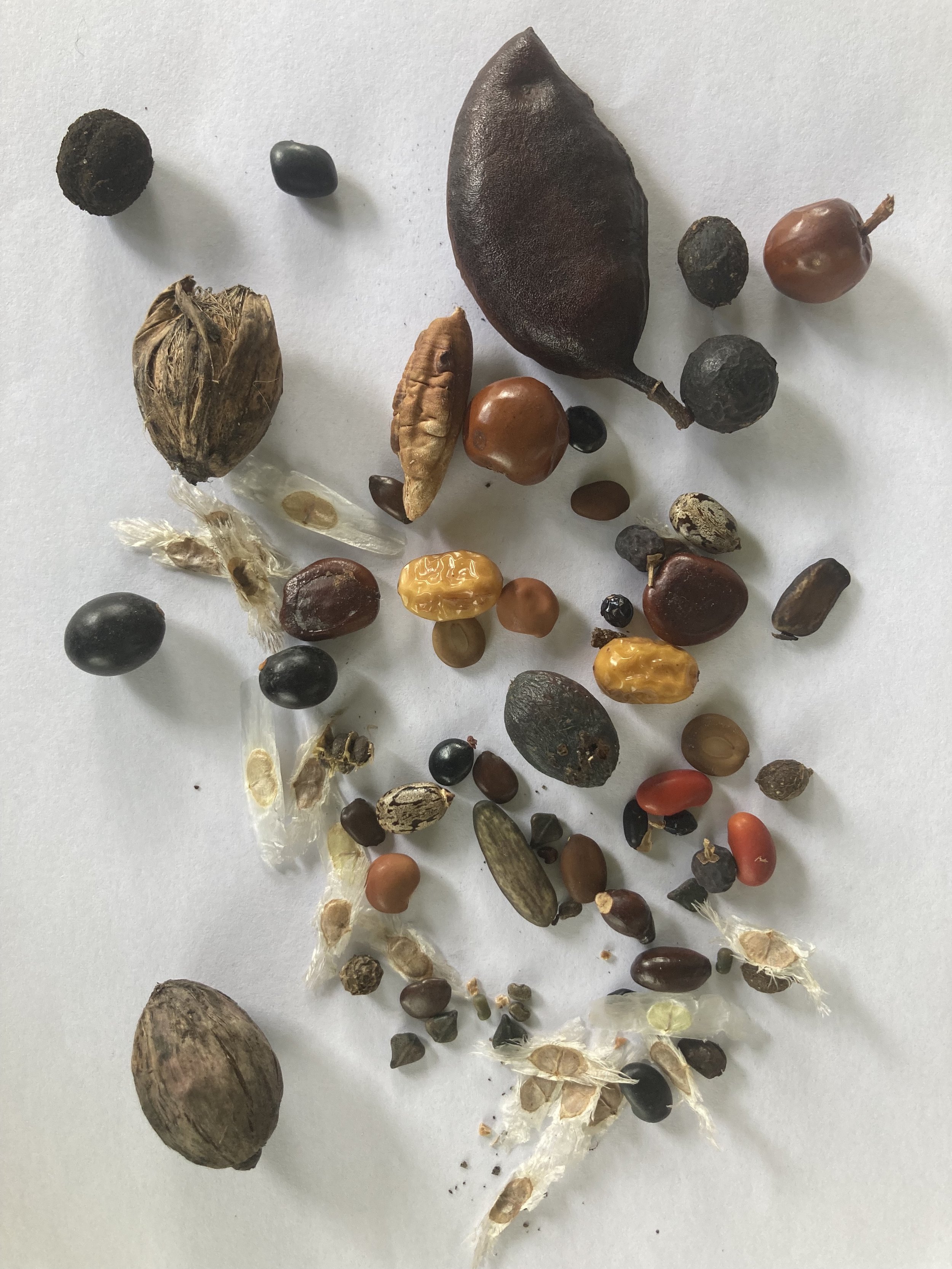Great Results So Far With The New Syntropic Farm!
Hi everyone, I have an interesting update!
It is a big mashup of all of the short videos that I have made about the farm from October 7, 2021 to May 20, 2022. It is a condensation of the farm journey so far in a video montage.
Also, it is a time to reflect, there is a lot of sense and logic in the foundational principles of syntropic agriculture, but the application is a strategic challenge. I always emphasise that grasses and biomass production is the key foundation, as it is only from correct establishment in that place that we can go upwards in the spiral of positive feedbacks, if we do not sufficiently cover that base, we are always in damage control - constantly putting energy into covering soil and weeding, watching our trees suffer as conditions in placenta 2 do not stabilise and support early secondary succession. It is at this point that I have seen a lot of projects falter, with supporters becoming demoralised as the big promises of syntropic agriculture fail to materialise. It actually is very easy - as long as we get a good handle on the grasses and other plants of placenta 2, and manage them efficiently. The hard part is placenta 2, it is not as sexy as heaps of great looking tree rows, plus it does take effort and application which is not often talked about as much as tree and vegetable consortia. If placenta 2 is well sorted, everything else that follows is as natural as ecological succession!
Grass management requires a specific skill set, which is actually less developed and focused upon than tree management. At our farm we ran head on into these problems and our main focus is addressing this, I will be sharing more about possible strategies for moving through this. For now, I would like to bring our attention to this challenge, which once addressed, makes everything easy - for example, have a look in the video at the jackfruit consortium, due to it having a stable and reliable base of biomass support, the actual jackfruit consortium itself is practically a passive yield - there is minimal effort and it is growing as well as one could hope, also the same goes with the taro patch - it is almost embarrassing that it is so easy and healthy.
I would also like to add that although I am farming in the subtropics, the methodology and challenges apply to all climates, taro is easily substituted for berries etc, banana for apples etc. It doesn't matter what or where you grow, the principles still apply.
For those with a smaller project than mine, I would like to say that although I use machinery to manage grass, it is easily done with a brush cutter and hay fork - I have done this for many years at my old farm "Gabalah" and it worked very well.
I am very interested in seeing these methodologies applied to cereal production like wheat, as I have real experience in seeing what effect well managed tree rows have on the alley crops that grow in between. I think that this will become necessary (along with herds of herbivores managed correctly) as we continually move into a future of scarcity and high prices with mineral based inputs, particularly glyphosate, super phosphate and ammonium nitrate derived products such as urea. I am originally from a broadacre cereal cropping background and I have most definitely observed the benefits of trees in the landscape having a direct quorum effect on plants around them (remember that the height of the tree generally represents the radius of the tree's effect around it). Very well managed and powerful tree consortia, with a passive yield (such as hardwood etc) can have a powerful effect on a grain enterprise which finds itself with scarce or overpriced inputs from the rural supplier (also saves money and increases margins), the only problem is the transition - it is like a big detox, there will be all kinds of weed expressions as the ecology moves toward rebalance, something that precisely managed grazing and the successional nature of syntropic agroforestry can address. I am looking for either a grass farmer (grazier) or a cereal farmer who is interested in exploring this, preferably a group, as solutions will be generated much faster and the outcomes will be of a higher quality.
This is where I am at now with everything, despite some mistakes, the farm has shown that it is better than I hoped for - the fertility generated just from management is astonishing, I will be getting soil tests soon to record the improvement. The farm is most definitely on track towards profitability - all of the measures have been taken and the results quantified - there are very healthy plants which will carry crops, they seem to lack nothing and the cost of carry is very low (zero fertiliser). Hopefully things will improve again the same way when we fully enter early secondary succession, where we will increase soil carbon on a greater level, as well as have a more stable lignin rich covering of biomass on the soil as the trees, particularly the eucalyptus begin to provide - not to mention the higher quality growth pulses and quorum effect from said trees.
Please have a look at the Syntropia montage mashup for a different perspective of progress.
If you would like to learn more and expand into this field, please have a look at the online learning platform where we have a very high quality community of practitioners from all over the world, everything that you need to fully understand the precise workings of syntropy is there in the embedded online course, you can engage with the group and ask me everything that you need to know every Monday to help get your project up and running and save a lot of time and money. I have made the subscription very affordable, at a price of 2 beers per week!
I’d love to see you share your project, grow and succeed. I honestly think that in light of the increasing challenges the world now faces, now is the time for regenerative agriculture to shine, it is a positive and empowering option!
Best,
Scott Hall


